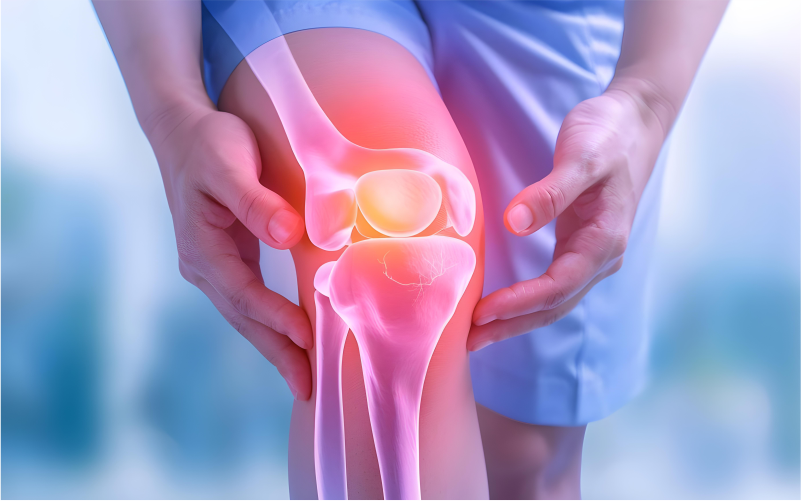Rheumatoid Arthritis: An Overview

Apr 19, 2022
Rheumatoid arthritis is an autoimmune situation. It begins when your immune system which is supposed to protect you, begins to attack your body’s own tissues. It reflects inflammation in the lining of your joints the synovium. As a result joints may get red, warm, swollen, and painful. RA affects joints on equal sides of the body, like as both hands, both wrists, or both knees. This symmetry helps to set it apart from other types of arthritis. Over time, RA can affect other body parts and systems from your eyes to your heart, lungs, skin, blood vessels, and more.

What Are the Symptoms?
The warning signs of RA are:
- Joint pain and swelling
- Stiffness especially in the morning or after you sit for a long time
- Fatigue
Rheumatoid arthritis affects everyone differently. It may happen gradually over so many years, In others it may come on fast .
Rheumatoid arthritis (RA) is one of the most common chronic inflammatory diseases and in modern times has become a prototype disease entity for defining the molecular and pathological basis of chronic inflammatory syndromes. The course is variable, ranging from mild brief illness affecting a few joints with minimal damage or destroyed , to a progressive poly arthritis that leads to pronounced functional impairment and deformity.An external trigger like as cigarette smoking, infection, or trauma that triggers an autoimmune reaction, leading to synovial hypertrophy and chronic joint inflammation together with the potential for additional auricular manifestations is theorized to occur in genetically susceptible individuals.







